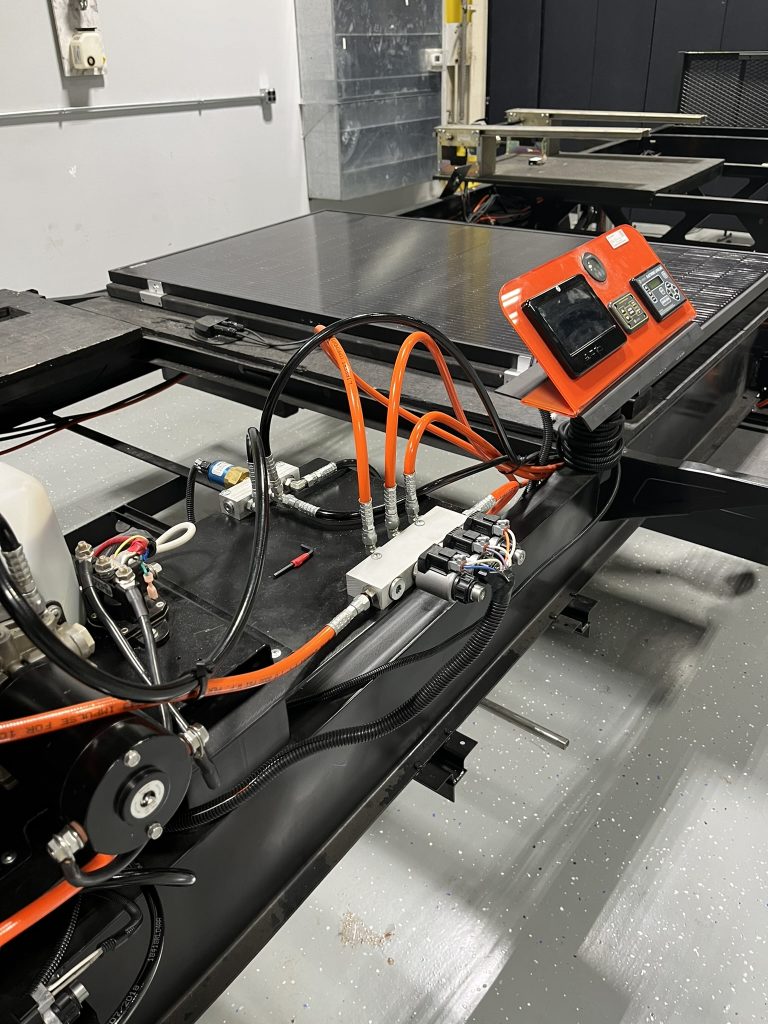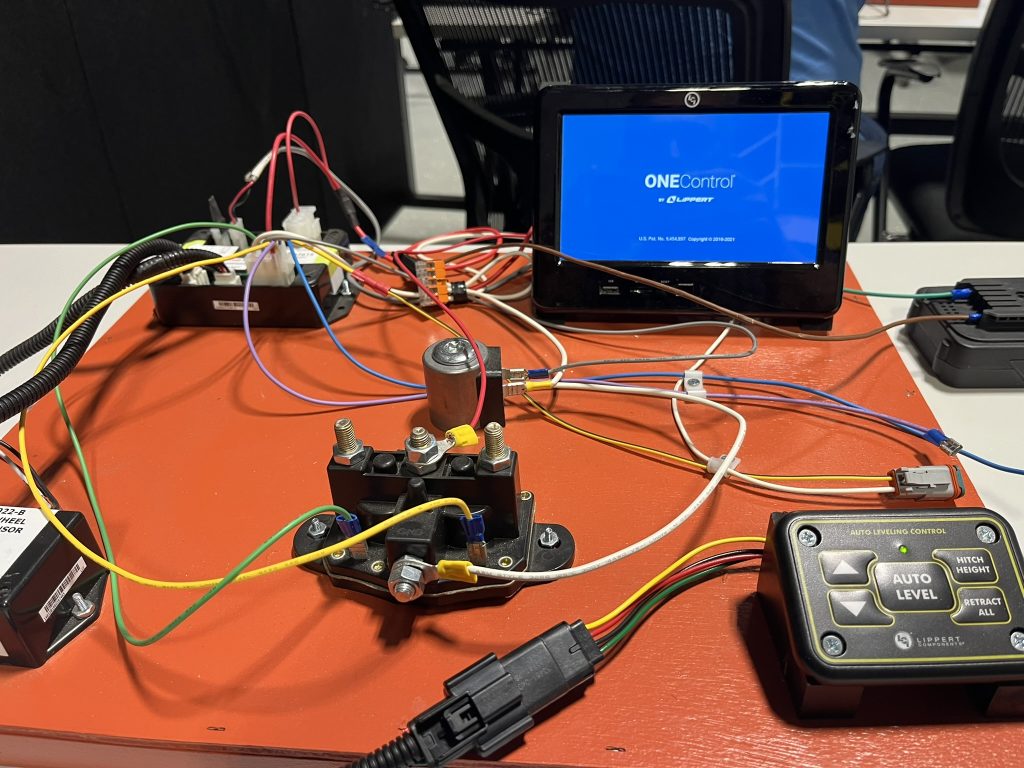
Recreational vehicles (RVs) offer the freedom to explore the open road with the comforts of home. To ensure a smooth and safe journey, maintaining your RV’s hydraulic systems is crucial. These systems, which may include leveling jacks and slide-out mechanisms, are essential for the stability and functionality of your RV.
Understanding Your RV’s Hydraulic System
Before diving into maintenance, it’s important to understand the basics of your RV’s hydraulic system. It typically consists of a fluid reservoir, hydraulic pump, electric motor, valves, and hydraulic cylinders. These components work together to level your RV and operate slide-outs, providing a stable and comfortable living space.

Routine Checks and Maintenance
1. Inspect for Leaks: Regularly check hydraulic cylinders, lines, and fittings for any signs of leaks. Promptly repairing leaks is vital to prevent system failure and potential damage to your RV.
2. Fluid Levels: Monitor the hydraulic fluid levels monthly. If you notice a decrease in fluid levels, this could indicate a leak or an issue within the system that needs attention.
-Check fluid in reservoir every 12 months. If fluid is a clear red color, do not change. If fluid is milky, pink and murky and not clear red in color, drain reservoir and add new fluid. Hydraulic fluid in reservoir should be changed a minimum of every 5 years.
Note: Check the fluid only when all the jacks are fully retracted.
Note: When checking the hydraulic fluid level, fill to within 1/4″ to 1/2″ of fill spout.
3. Fluid Replacement: Change the hydraulic fluid according to the manufacturer’s recommendations, which is typically every 36- 60 months. This helps to flush out contaminants and maintain system performance.
4. Inspect and clean all power unit electrical connections every 12 months. If corrosion is evident, spray power unit electrical connections with electrical contact cleaner.

5. Remove dirt and road debris from jacks as needed. Use soap and water to clean your jacks and wipe with a lint-free cloth.
6. Lubrication: If jacks are down for extended periods, it is recommended to spray exposed jack rods with a silicone lubricant every 3 months for protection. If the unit is located in a salty environment, it is recommended to spray the rods every 4 to 6 weeks. This can vary between brands, so consult your owner’s manual for the correct products and procedures.
Combination Pack of Electrical Contact Cleaner and Silicone Dry Lube: https://amzn.to/4cC5ABe
6. Operational Checks: Regularly operate the leveling jacks and slide-out mechanisms, even when in storage. This practice helps to identify any operational issues early on and ensures the system remains in good working order.
Professional Assistance and Resources
While routine maintenance can be performed by most RV owners, some tasks may require professional assistance. For detailed service manuals and further guidance, refer to resources provided by RV maintenance experts and manufacturers.
Maintaining your RV’s hydraulic systems is not only about preserving the life of your RV but also about ensuring a safe and enjoyable travel experience. By following a regular maintenance schedule and staying informed, you can prevent costly repairs and extend the longevity of your RV’s hydraulic components. Safe travels and happy RVing!
Remember, always refer to your specific RV’s owner’s manual for the most accurate maintenance information tailored to your model. If you have any questions feel free to reach out mike@lastingmemoriesrv.com
This post contains affiliate links, which means I may receive a small commission, at no cost to you, if you make a purchase through a link.
